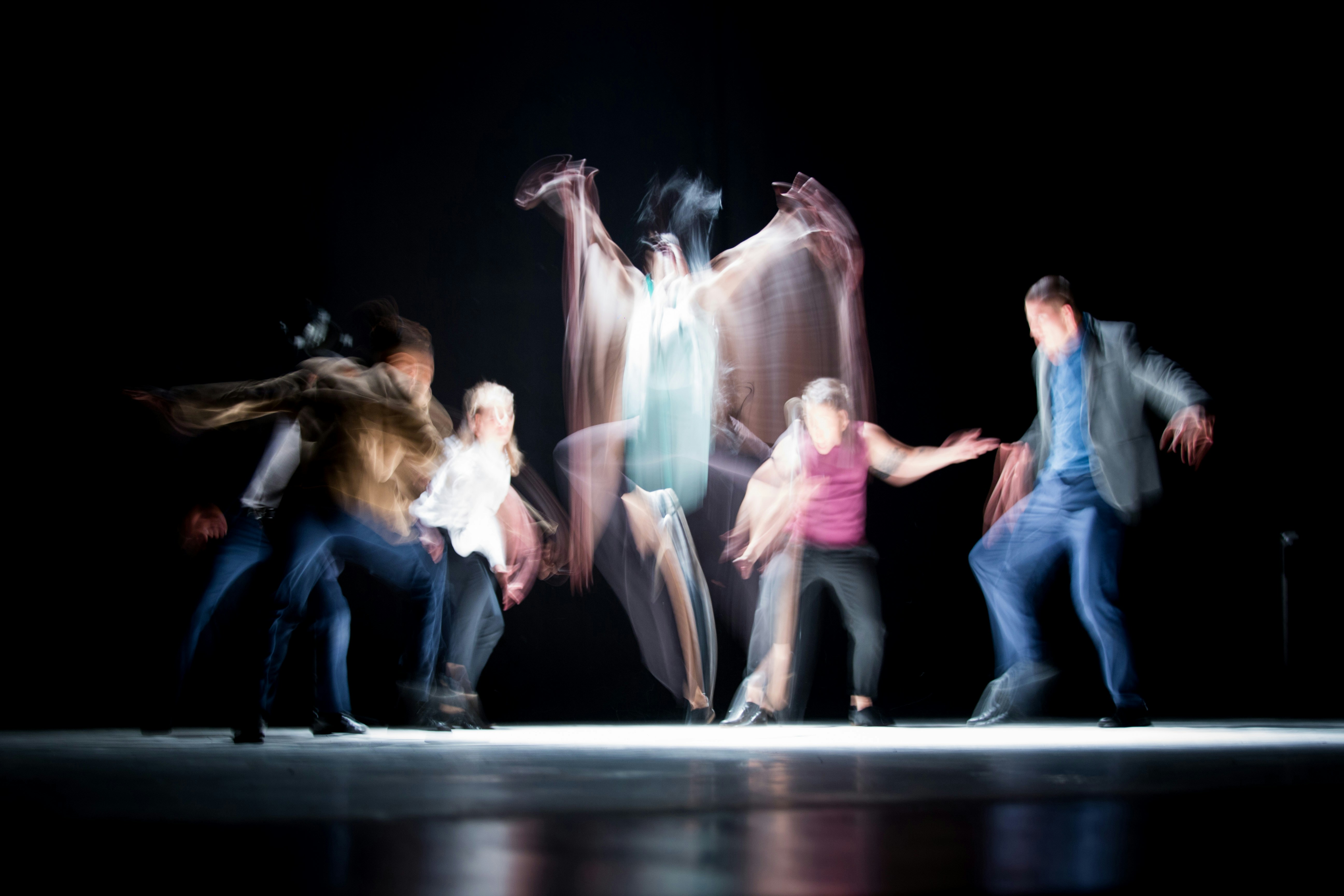Illuminating Shadows: Discovering the Poetic Mastery of Film Noir
Take a deep dive into the shady streets and smoky bars of film noir. This stylish love child of Hollywood and German Expressionism left an inimitable mark in the annals of film history, shaping the industry forever.

A Raucous Affair: The Birth of Film Noir
The corrosive shadows and stark lighting of film noir painted cinematic stories fraught with underlying anxiety and grim inevitability. Born out of the societal chaos and disillusionment following World War II, film noir became an outlet for Hollywood to reflect contemporary concerns through potent new imagery.
In the immediate post-war years, the triumphant American values showcased in films gave way to more disillusioned narratives flavored with looming danger and moral ambivalence, both characteristic of the noir genre. The roots of film noir echo ideologies that originated in German Expressionism, where painful human experience and despair were intrinsic narrative threads.
Splashed Inky Images: The German Influence on Film Noir
History etches the term film noir, phenomenally represented by German filmmakers who landed on American shores during World War II with Expressionism firmly ingrained in their storytelling approach.
German Expressionism’s bold visual style, evident in classics like Robert Wiene’s “The Cabinet of Dr. Caligari” and Fritz Lang’s “M,” resonated in film noir. Noir’s uncanny landscapes (usurped by endless nights, acute angles, and bombing shadows) ran parallel with German Expressionism’s instinct for disarraying perspectives and imbalances.
Ignite the Shadows: Themes and Stylistic Tropes
Impacted by societal harshness and insecurities, film noir explorations veered towards tales about doomed heroes trapped in a waking nightmare with motifs of paranoia and despair.
The moral compass started to flicker critically with antiheroes, mistrustful nobody’s, mysterious femme fatales, betrayals, and stories not ending in monochrome triumph. Carol Reed’s “The Third Man”, a quintessential film noir piece, evokes an idiosyncratic swirl of cross alliances and screen-defining shattered innocence drawn from life’s murky undertows.
The Shifting Noir Repertoire: The Modern Noir
Noir as an era might’ve passed but left its impression deeply implanted in Hollywood’s methodologies by cultivating what we now know as neo-noir.
Like a drafted throwback, the 70s and 80s neo-noir landscape saw noteworthy works like “Taxi Driver,” “Body Heat,” and “Blade Runner”, reinstating not just influential stylistic components but extending noir’s conclusions on an open playground for contemporary repertoire of realities.
More recent titles like “Drive” and “Nocturnal Animals” echo a granulated interpretation of strangulation in life’s mazes threaded with noir’s defining inheritance.
What Scenes Whisper: The Lasting Legacy
Deconstructing the beloved parts of American cinema to its dazzling enhancements of storytelling repertoire and influential aesthetics, eerie traces of film noir jump off the screen with exceptional relatability since the nursery is our world’s commotion.
While continually feeding into YouTube parodies under a more jovial mask, there is no denying its omnipresence, transpiring under television’s great renaissance or remain hardened within an inspired cinephile’s heart.
In conclusion, film noir’s evolution, albeit marred by societal crudity was a product of its time, yet transfused onto ours indelibly. Its signature touch lent worldly change through the curtain of Hollywood magic that still thrills, evokes and inspires, commenting on our prevailing musical transitions worthy of intrigue. Opposing realities prove, the achromatic film noir canvas was never entirely overlooked, albeit its explosive mixture between thrill and torment.




